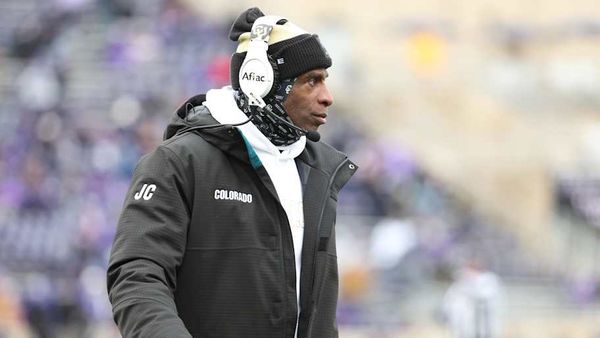
A new method to assess the needs of NDIS participants will be introduced mid-2026 in a federal government bid to simplify the lengthy and often expensive process.
The new assessment model will mean participants have a structured interview with an in-house assessor from the National Disability Insurance Agency to determine their supports and budgeted plans.
Participants will no longer have to source supporting documents from a doctor or allied health professional – a cost-prohibitive requirement for some.
Sign up: AU Breaking News email
In a semi-structured interview up to three hours long, participants will need to answer questions about their support needs across 12 areas such as mobility and communication. The assessment will be based on a digital assessment tool, I-CAN version 6, conducted by accredited assessors.
The NDIS minister, Jenny McAllister, said the existing process often took a “long time” and cost “a lot of money”.
“There is a better way,” she said.
But some disability advocacy groups say the government will need to be open and transparent about any shifts in process to build trust.
The independent chair for advocacy group Every Australian Counts, George Taleporos, said there were still fears within the disability community that their needs would be “assessed by strangers” and whether the process “could be used to limit supports”.
The former Coalition government had attempted to introduce an independent assessments process in 2021, requiring NDIS applicants to undergo an interview with a government-contracted allied health professional unknown to them, rather than providing evidence obtained from their own treating specialists.
The overhaul was initially sold as a way of reducing inequities, but was also acknowledged as a process to address cost blowouts.
At the time, critics, many of whom were on the scheme, were concerned the changes were an attempt at cutting the billion-dollar program by stealth.
The plan was ultimately dumped after sustained backlash.
Taleporos said the agency needed to be open about how the I-CAN tool will be used and how it will impact participants’ budgets.
“The NDIS must never reduce us to data points in a secret algorithm. People with disability are not numbers, we are human beings, and our rights must remain at the heart of the scheme,” he said.
People with Disability Australia said it was “cautiously optimistic” about the phased rollout of the assessment tool, and pleased to see the commitment to a “person-centred, rights-based assessment”.
“The new needs assessment process must ensure no one is worse off and be a foundation for a fairer NDIS that genuinely supports people with disability to thrive,” PWDA board director Alexandra Bignell said.
The Australian Federation of Disability Organisations similarly welcomed the announcement but stressed a single assessment tool can “never fully capture every person’s unique circumstances”.
“Experience from the aged care sector shows that structured tools can be useful, but they work best when complemented by professional judgement and strong safeguards,” the AFDO’s chief executive, Ross Joyce, said.
“It is essential that the design, pilots and any evaluation are undertaken with clear independence from NDIA influence.”
The latest changes come as the scheme undergoes a significant overhaul prompted by the 2023 NDIS review and designed to rein in a forecast surge in its growth and cost.
In August, the health minister, Mark Butler, revealed the government’s plans to divert children with mild to moderate developmental delays or autism from the NDIS.
Some children placed on the NDIS were being “over-serviced” and putting strain on the scheme’s financial sustainability, Butler said, while announcing a new program for those who will no longer be eligible.
Changes to the access of NDIS won’t begin until mid-2027 once the Thriving Kids program has been fully rolled out, with work under way to provide a separate foundational support program for adults with severe and complex mental illness.
Children under 15 make up 43% of the scheme’s 717,000 participants but just 13% of all payments, according to a government brief delivered to Butler in May, which was obtained by Guardian Australia under freedom of information laws.
The brief also showed participants who had autism or developmental delay as their primary disability made up half of the scheme’s participants but just 23% of payments.







